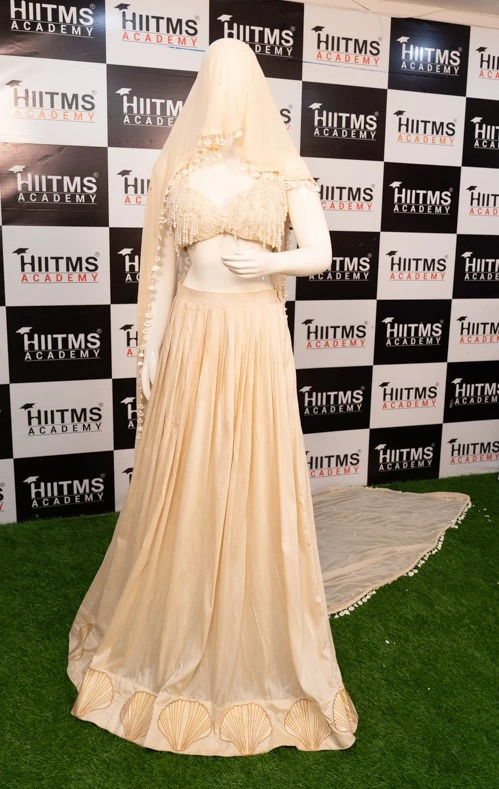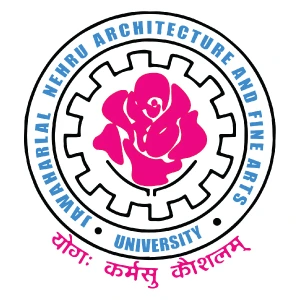



Awarded by Jawaharlal Nehru Architecture and Fine Arts University Telangana
Learn creative design, garment construction, and fashion trends with our Certificate Course in Fashion Design for career success.
Eligibility
10th / SSC / Intermediate / 10+2 / PUC / Graduation
Duration
11 Months (2 Semesters)
Mode
Regular / Weekend


What is a Certificate Course in Fashion Design?
Fashion design is a highly creative and rewarding career. Each year, numerous students apply for fashion design programs across the country, aspiring to become successful designers. If you seek a career in fashion design, you are in the right place.
Fashion design vocational programs are available in India and internationally. Selecting the best fashion design course can open doors to career opportunities in fashion designing. Before enrolling, it is important to understand key aspects of this field.
Students can join a fashion design course at the college level after completing their 12th-grade education. Short-term Diploma and Certificate programs are also available.


Career Opportunities After Certification
Graduates of the Certificate Course in Fashion Design can explore various career paths in fashion designing, including:
- Pattern Maker – Develop professional patterns for apparel production.
- Clothing Designer – Work with established fashion brands or launch your own label.
- Fashion Marketer – Promote and market apparel brands and retail businesses.
- Fashion Concept Manager – Develop and execute innovative clothing ideas.
- Fashion Stylist – Provide styling expertise to individuals and celebrities.
- Technical Designer – Focus on garment construction and quality assurance.
- Fashion Show Organizer – Plan and manage fashion events and showcases.
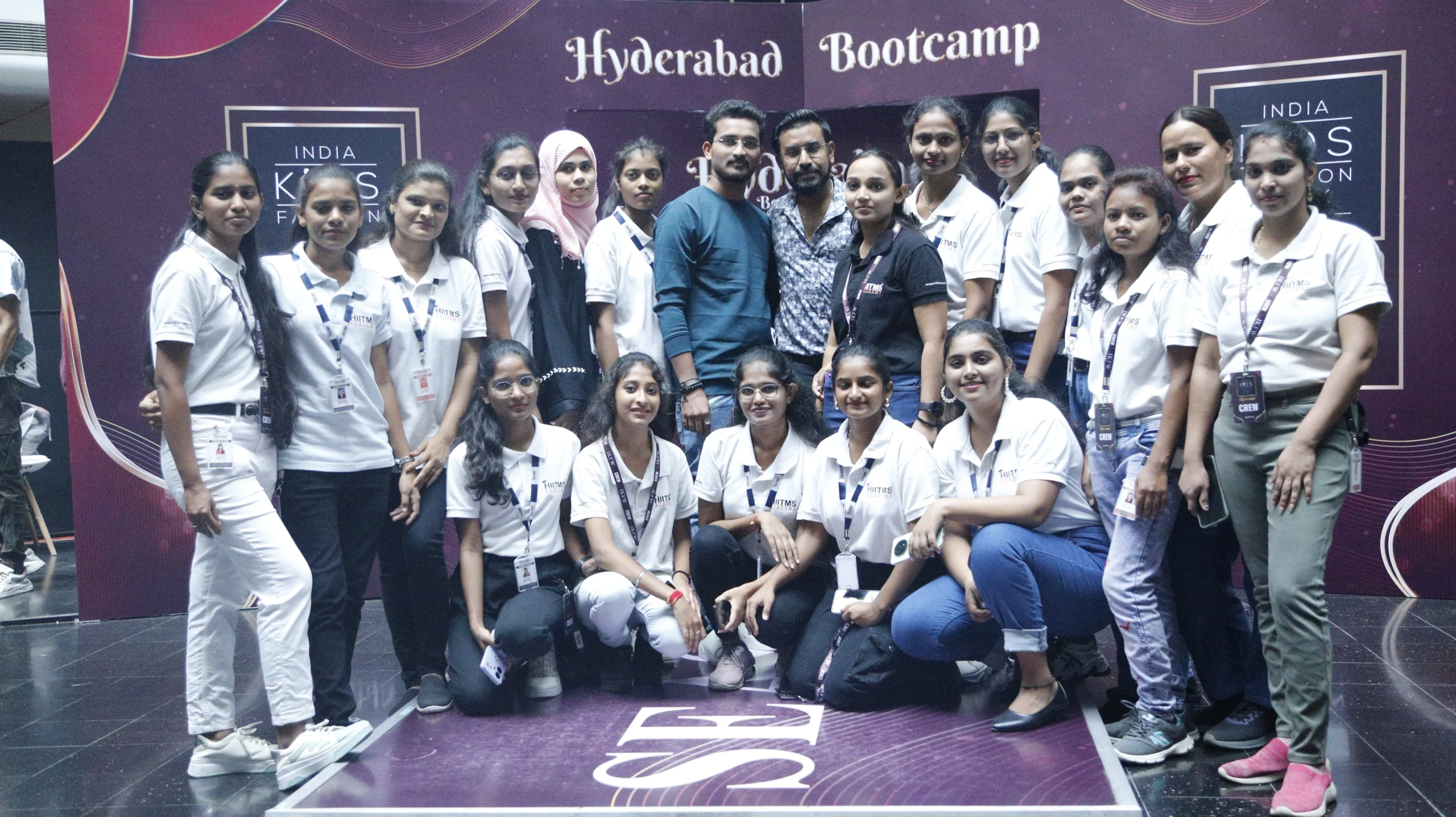
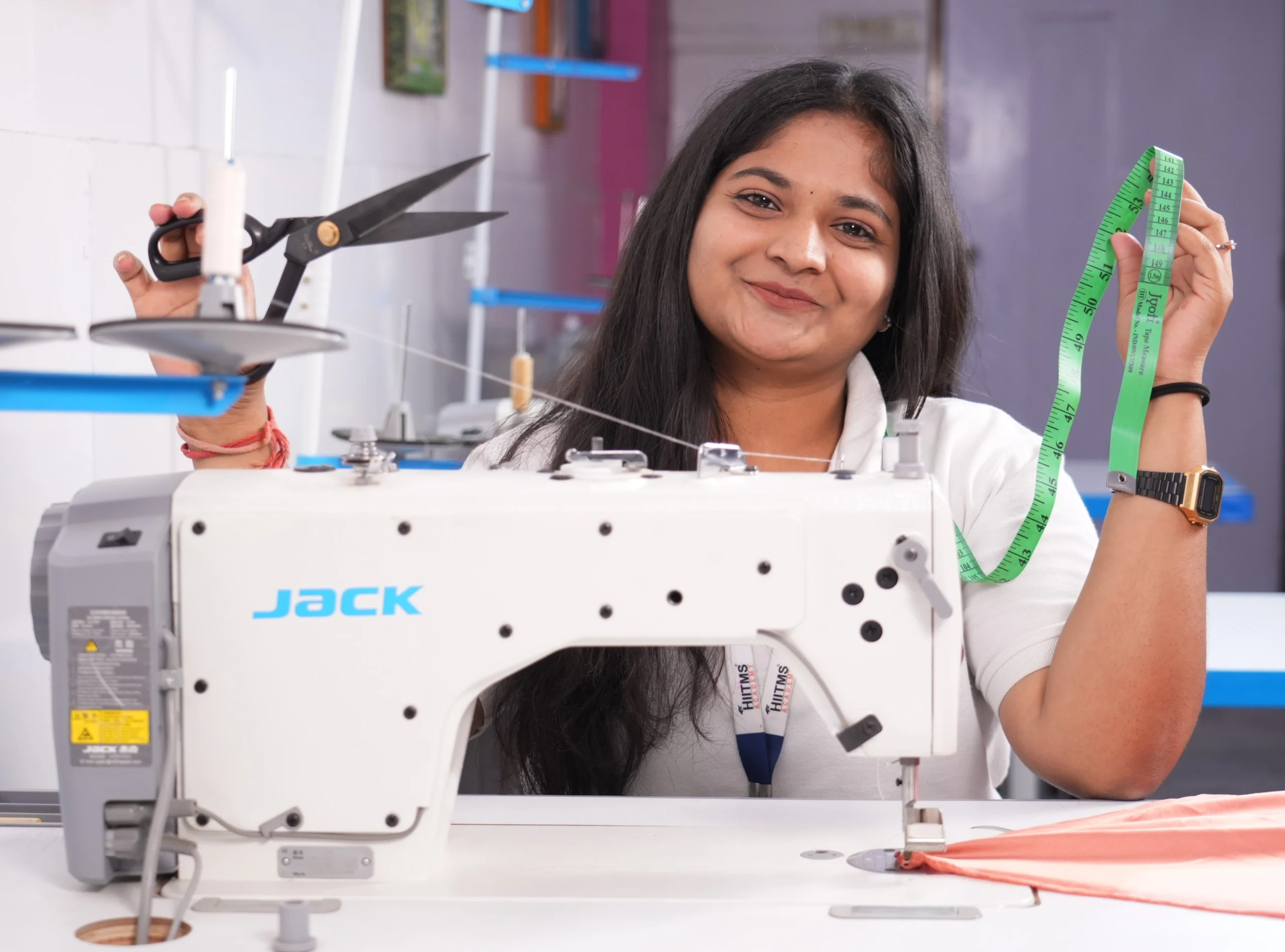




Certificate Course in Fashion Design After Certification
This certificate program in fashion design blends technical expertise with artistic creativity. It refines a candidate’s conceptual and design skills within one year, offering a strong foundation in fashion design and garment making.
Through theoretical lectures and hands-on training, students develop innovative and creative skills. They learn color theory, pattern creation, garment composition, and cutting techniques. Additionally, they gain knowledge of current fashion industry trends and practical solutions.
Unlike a degree program, a certificate program in fashion design provides specialized learning in a shorter time frame, allowing students to focus on career-relevant skills.
Subjects Covered
- Pattern Making
- Garment Construction
- Fashion Illustration
- Fashion Merchandising & Management
- Fashion Accessories
- Textile Science
- Fashion Ornamentation & Embellishment
- Fashion Marketing & Business Management
- Computer-Aided Fashion Design (CAD)
Course Duration
The program duration is 11 months, covering all aspects of fashion design from conceptualization to prototype creation. The course aims to enhance students’ design and execution skills.
Semester Wise Curriculum!
Explore the Semester-Wise Curriculum of our Certificate Course in Fashion Design, covering fashion trends, garment construction, and creative techniques.
Semester 1
- Principles of Fashion – Introduction to fashion concepts, classification, color theory, design principles, and insights into national & international designers.
- Pattern Making & Garment Construction – I – Sewing techniques, fabric handling, body measurements, yokes, collars, sleeves, fasteners, and garment finishing.
- Fashion Art & Illustration – Sketching, fashion figure drawing, rendering techniques, draping, and motion figures.
- CAD Basics – Introduction to CorelDraw, Photoshop basics, digital fashion illustrations, and pattern-making software.
- Textile Science – I – Understanding fabric types, dyeing methods, printing techniques, embroidery, patchwork, and appliqué.
- Workshops & Site Visits – Industrial exposure, expert interactions, and live fashion events for hands-on learning.
Semester 2
- Pattern Making & Garment Construction – II – Skirt & blouse making, saree petticoat drafting, stitching techniques, cost analysis.
- Textile Science – II – Advanced fibers, weaving, finishing processes, modern fabric innovations.
- Marketing & Merchandising – Fashion branding, visual merchandising, international fashion markets, business strategies.
- Advanced CAD – Photoshop for fashion, digital portfolio creation, working with layers and filters.
- Portfolio Development – Theme selection, research boards, prints & textures, final portfolio presentation.
- Data / Literature Collection – Research methodologies, fashion documentation, industry report preparation.
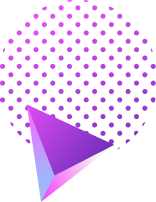



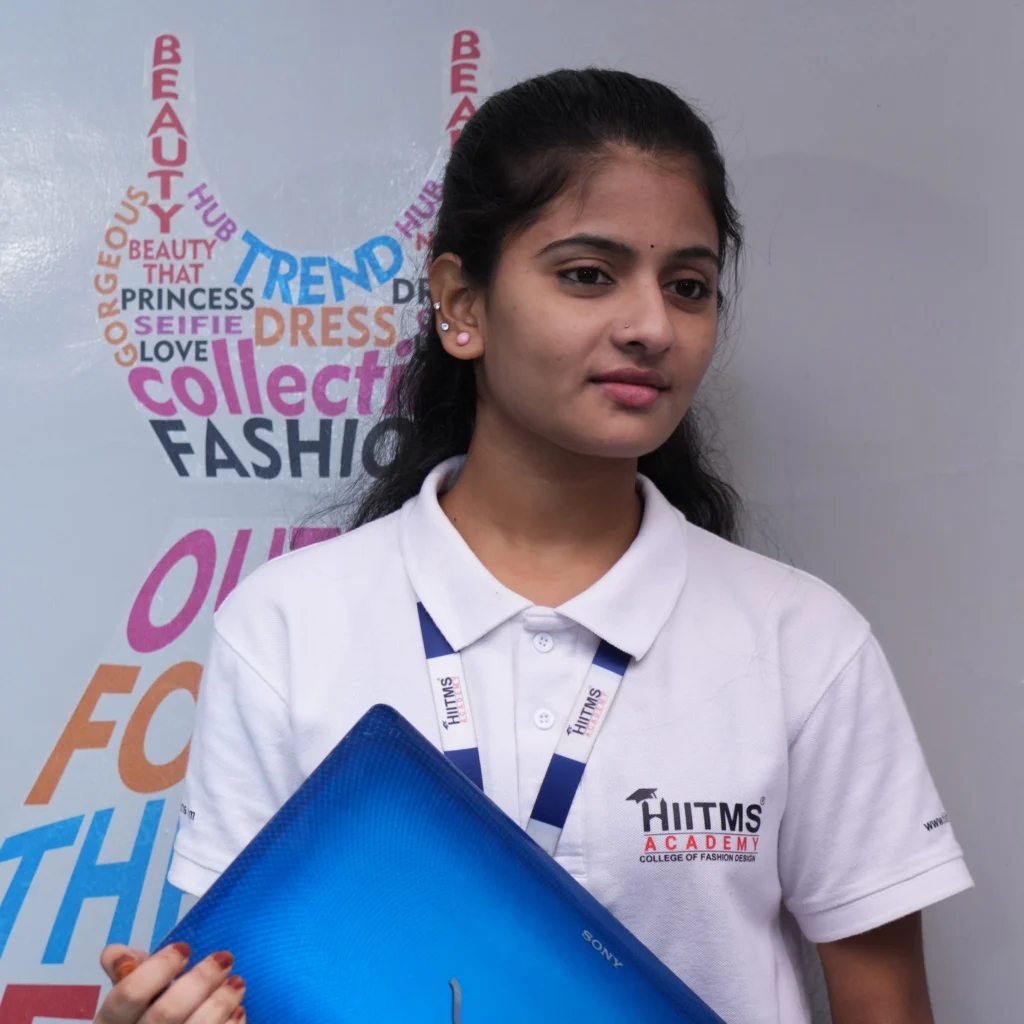
Why Choose HIITMS Academy?
HIITMS Academy provides aspiring fashion designers with the skills and confidence needed to succeed in the industry. Our Certificate Course in Fashion Design offers:
✔ Expert faculty with real-world industry experience.
✔ State-of-the-art infrastructure and practical learning environments.
✔ Industry exposure through workshops and guest lectures.
✔ Hands-on training to enhance creativity and technical expertise.
✔ Personalized mentorship for career guidance.
Join HIITMS Academy, one of the best fashion design institutes with placement opportunities.





HEY STUDENTS GET A CHANCE TO WIN 100% SCHOLARSHIP*
Every Qualified Candidate will get an APPRECIATION CERTIFICATE & TROPHY

Partnered with ISTITUTO Di Moda BURGO – Milan for global excellence in fashion education.

10 CANDIDATES
1.6 LAKCH SCHOLARSHIP FOR EACH


